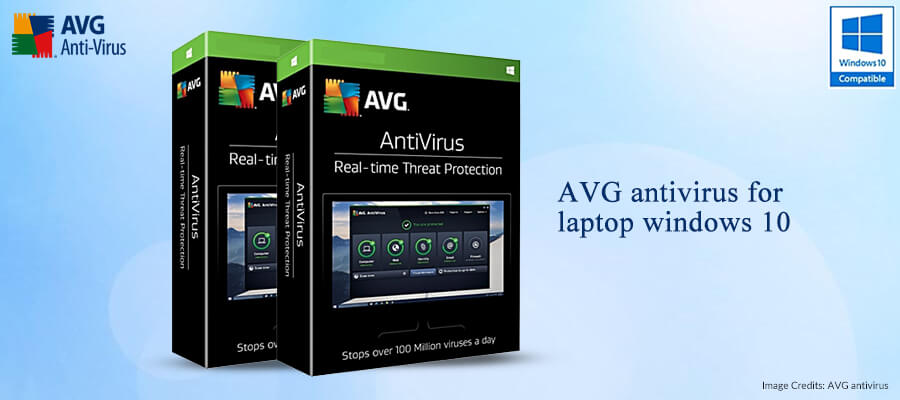
Enhanced object tracking is now integrated with EEM to allow EEM to report on the status change of a tracked object. The object values are reported as either up or down. The changes in the tracked object are communicated to the event detector process either immediately or after a specified delay. The tracking process periodically polls the tracked objects and notes any change in value. This number is specified on the tracking CLI, and the detector process uses this number to track a specific object. A unique number identifies each tracked object. ▪ Enhanced object tracking event detector: This event detector is triggered when the status of the tracked object changes. ▪ NetFlow event detector: When a NetFlow event is triggered, the NetFlow event detector publishes an event. When a match is found, an event is published, and the CLI event detector can perform a logical match before the command is parsed and executed. This detector screens CLI commands that match a regular expression. ▪ CLI event detector: This event detector triggers when a specified command is entered via a console or Telnet/SSH session. The threshold can be specified as an absolute value or as an incremental value. ▪ Interface event detector: This detector monitors interface counters based on a defined threshold value. ▪ IP SLA event detector: This detector publishes an event when an IP service-level agreement (SLA) reaction is triggered. ▪ SNMP event detector: A specific SNMP variable can be polled, and if the SNMP variable reaches a threshold, a trigger can be generated. Console logging does not have to be active for the syslog event detector to generate events this is completely independent of which logging targets are configured. Additional granularity can be achieved depending on the number of occurrences for any given message. ▪ Syslog event detector: This event detector is triggered when a syslog message match is seen in the output of the console. The list that follows describes a few of the event detectors in Cisco IOS: On detecting an event, an event detector sends an alert that provides information about the specific event. These processes run at medium priority and are always operational. Event DetectorsĮvent detectors monitor the operational state of processes on an IOS device. Some of the functions of the EEM server are to register events seen in the IOS subsystems, store information about an events, publish events, request additional information about events, register internal script directories, register Tcl scripts and applets, and process actions taken by user-defined scripts. The EEM server is a bridge between the policies and internal Cisco IOS subsystems used in the event detectors. Scripts provide more control than do applets. ▪ Tcl scripts: Policies can be defined through the IOS CLI. Applets were designed to provide a simpler interface for EEM. The body of an applet appears in the configuration of a Cisco IOS device.

AVG REMOVAL TOOL SCRIPT HOW TO
▪ Applets: With applets, users do not need to know how to write Tcl scripts. Policies, or scripts, are either applets or Tcl scripts configured by the administrator: Some of these conditions include monitoring for syslog events, online insertion and removal (IOR), CLI input, and timers.įigure 3-6 illustrates the relationship between these three components.

▪ Event detectors: An event detector is used as a trigger, based on certain conditions. When a configured event occurs, the associated action is implemented. ▪ EEM server: The EEM server is the director of EEM.

▪ Policies: Policies, or scripts, are either applets or Tcl scripts configured by the administrator. In this section, we first review EEM and then look more closely at Tcl scripting. These scripts are programmed using either a simple command-line interface (CLI) or a scripting language called Tool Command Language (Tcl).
AVG REMOVAL TOOL SCRIPT SOFTWARE
Cisco IOS Embedded Event Manager (EEM) supports more than 20 event detectors that are highly integrated with different Cisco IOS Software components to trigger actions in response to network events.


 0 kommentar(er)
0 kommentar(er)
